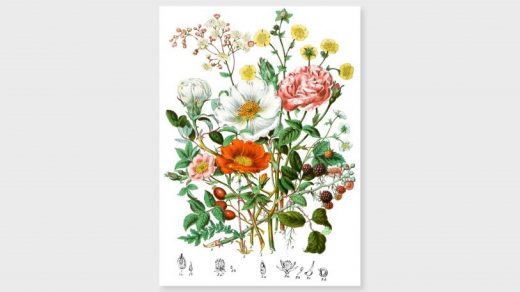See the rare drawings of a 19th-century female botanist, remastered for the first time
Nicholas Rougeux is a man obsessed with revitalizing antique publications. Over the past year, he’s recreated Werner’s Nomenclature of Colours and Byrne’s Euclid—transforming these tomes on art and mathematics into interactive, digital experiences. For his latest work, he turned to the subject of botany, remastering the Natural Orders of Plants as an interactive website and a series of prints. The books were first published in 1849 by Elizabeth Twining, a botanist and plant portrait artist who created the works in their entirety.
The original printing is housed in the Natural History Museum in London, which deems the two volumes “among the finest lithographic flower books of the mid-nineteenth century.” Using scans of a rerelease that are available in the Internet Archive, Rougeux spent four months painstakingly remastering the 772 plants in the books’ 160 lithographs and building them into an eminently clickable site complete with full, original text.
So for the first time in 150 years, you can see Twining’s work without the fading and discoloration of time.
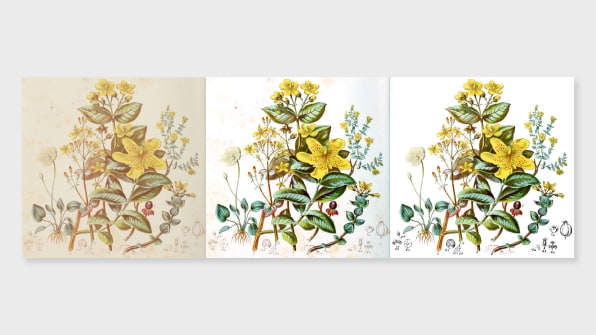
[Image: courtesy Nicholas Rougeux]
“Since the invention of the printing press, so many fascinating books, collections, catalogs, and more were written and either forgotten or archived for later use and are just waiting to be revived with modern technology,” says Rougeux. “Having the original scans are wonderful, but I really enjoy finding ways to dig up obscure publications and present them in a new light to make them accessible to everyone.”
While the science in the books is dated, the illustrations are as stunning as ever. That’s because Rougeux retraced Twining’s work by hand, erasing any spots and anomalies in the scans, while restoring the original colors as best he could. (You can read more on the laborious process, which Rougeux detailed in full, here.)
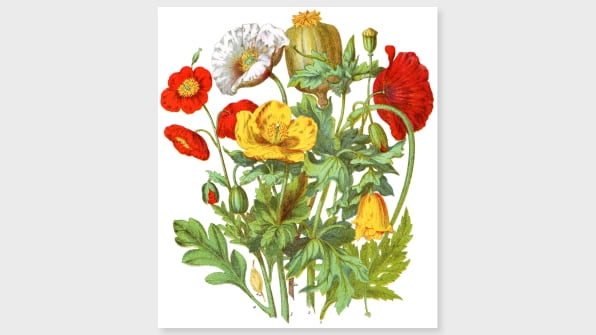
[Image: courtesy Nicholas Rougeux]
How does Rougeux know he’s getting these restorations right? “It’s mostly an ‘I’ll know it when I see it’ feeling when looking at the image. . .
. There was always some extra adjustment needed to reduce the redness that comes with aging paper,” says Rougeux. “Sometimes I looked up the plants to find photos of them as a reference point, but often the colors in those photos couldn’t be easily reproduced in the 1800s so I strove for colors that looked as evenly balanced and natural as possible. I imagine someone more skilled than me could refine the images even more, but I think the end result turned out to be an improvement over the original aged scans.”
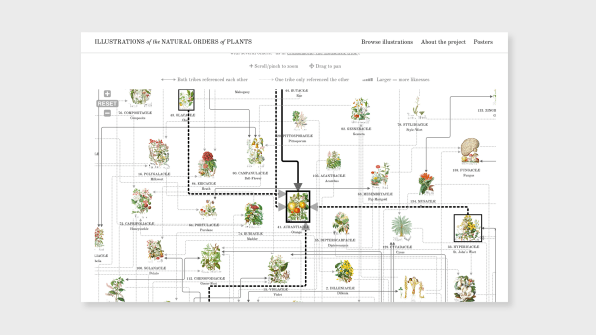
[Image: courtesy Nicholas Rougeux]
You can take a look at the restorations on his site—where Rougeux links the plants together in an interactive data visualization inspired by the taxonomic logic of the era—or you can reproductions, including a 30-by-20-inch print of the entire collection for $29.
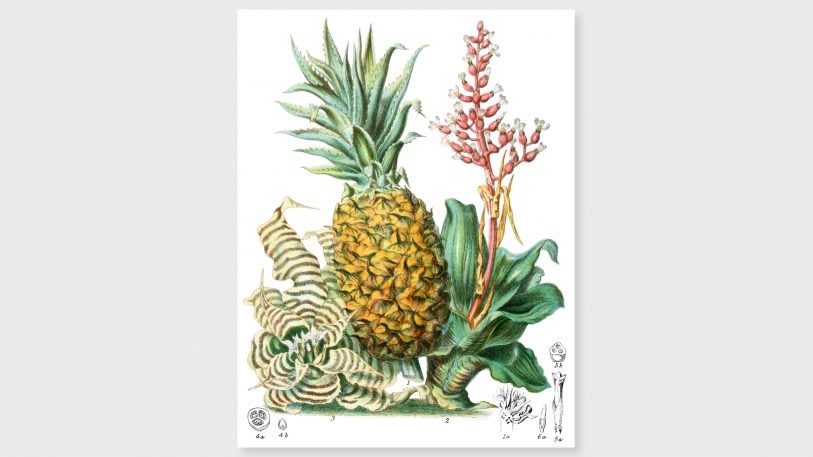
Bromeliaceae [Image: courtesy Nicholas Rougeux]
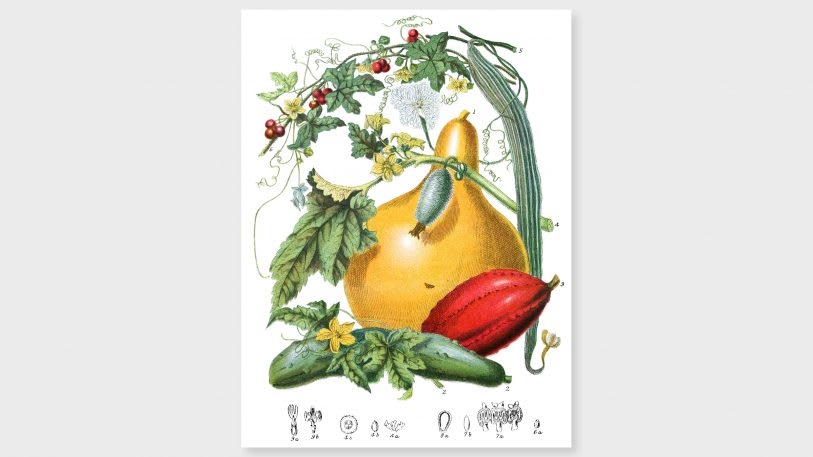
Cucurbitaceae [Image: courtesy Nicholas Rougeux]
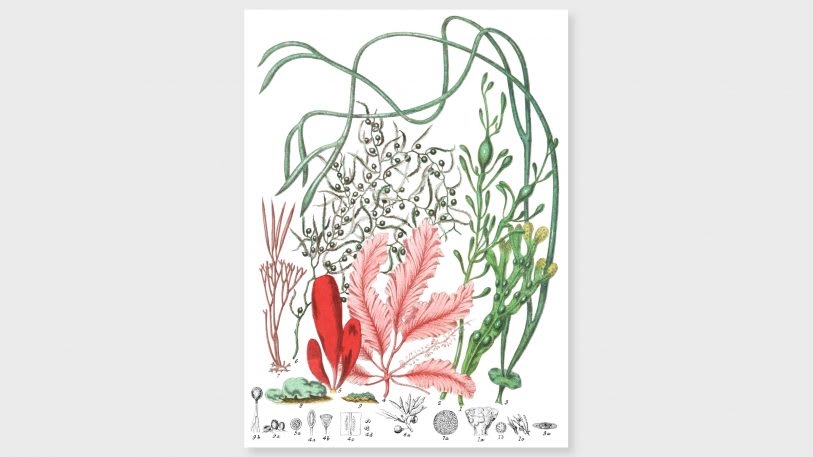
Fucaceae [Image: courtesy Nicholas Rougeux]
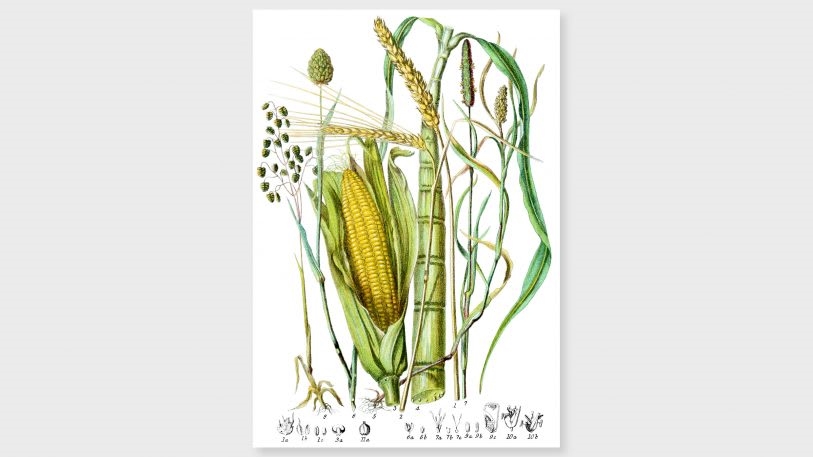
Graminaceae [Image: courtesy Nicholas Rougeux]
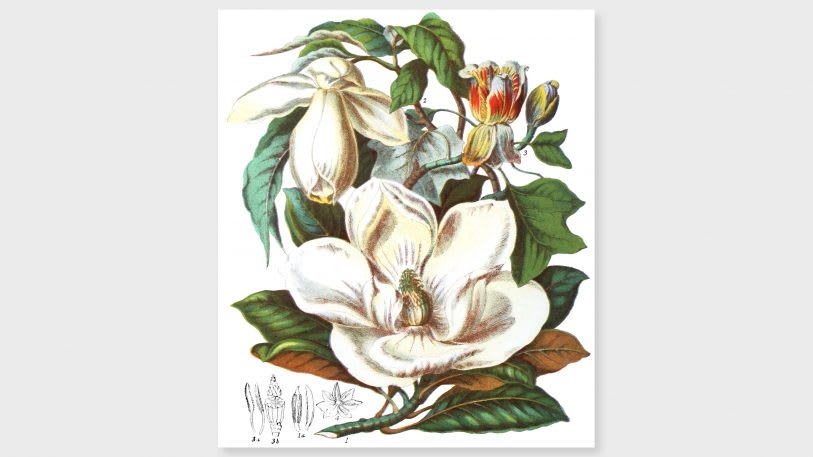
Magnoliaceae [Image: courtesy Nicholas Rougeux]
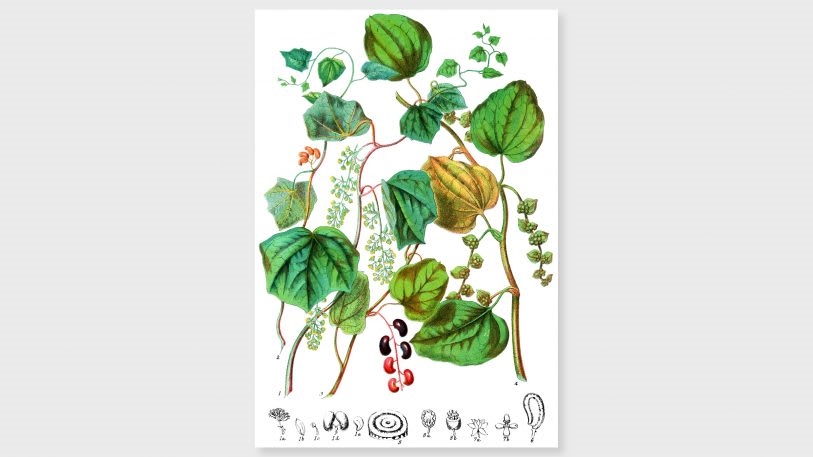
Menispermaceae [Image: courtesy Nicholas Rougeux]
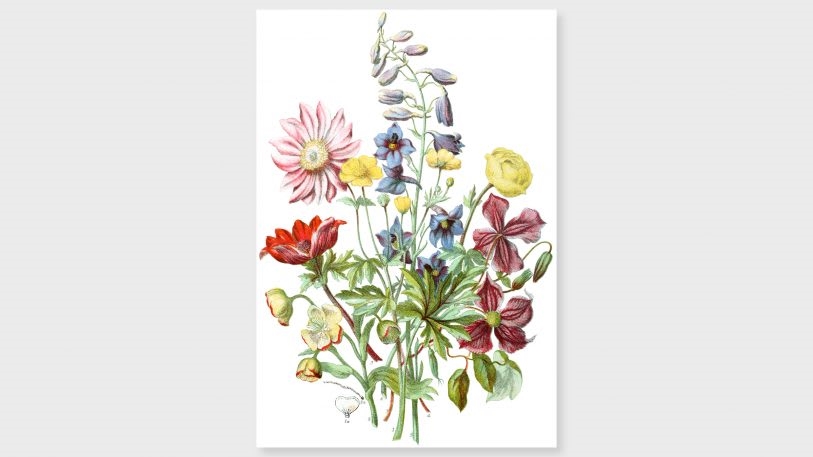
Ranunculaceae [Image: courtesy Nicholas Rougeux]
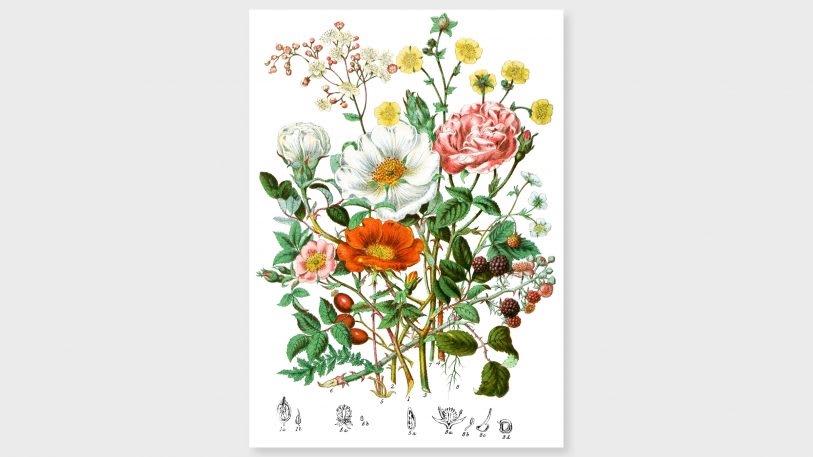
Rosaceae [Image: courtesy Nicholas Rougeux]
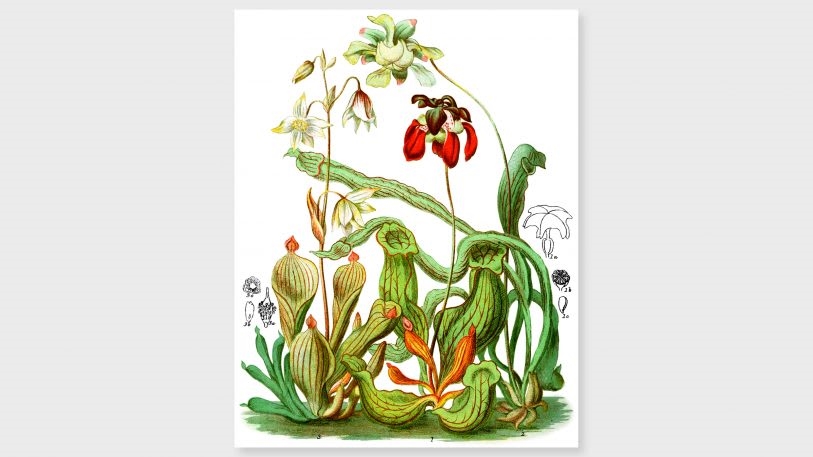
Sarraceniaceae [Image: courtesy Nicholas Rougeux]
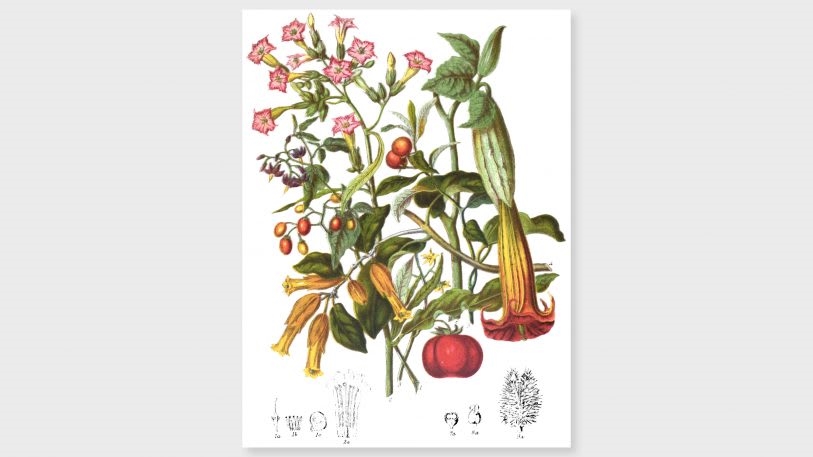
Solanaceae [Image: courtesy Nicholas Rougeux]
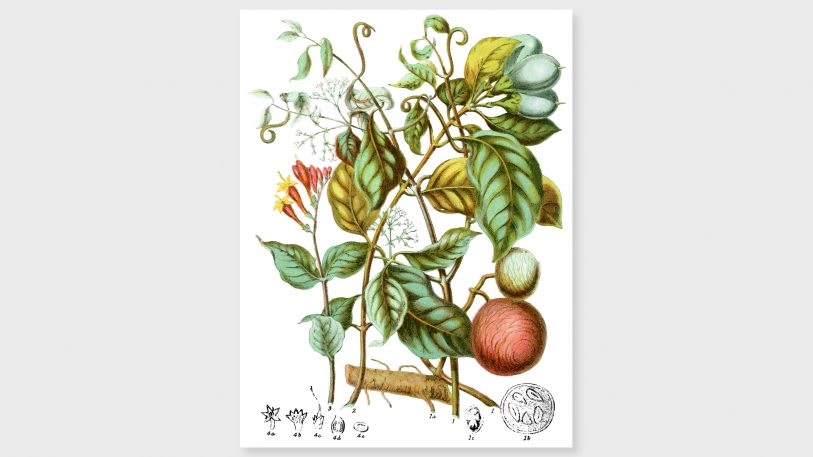
Strychnaceae [Image: courtesy Nicholas Rougeux]
Fast Company , Read Full Story
(68)

